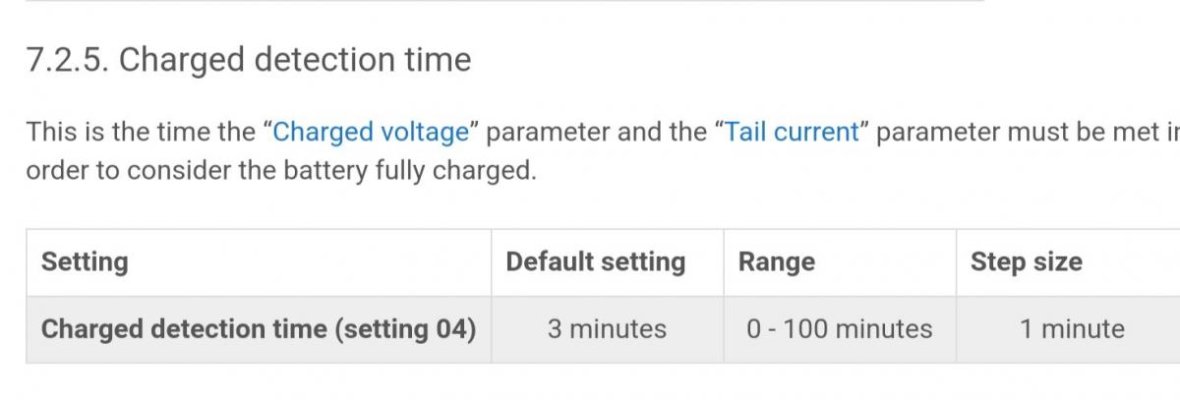davidla
Veteran Member
- Joined
- Jul 9, 2023
- Messages
- 55
- Vessel Name
- Shady Lady
- Vessel Make
- Main ship Trawler 400
According to my Victron BMV, my stock alternator does not put out any current for exactly four minutes after engine start. I cannot find any reference to this in the Yanmar manual (single yanmar 370hp).
Does anyone know if this is working by design or if I have a problem with the alternator?
Does anyone know if this is working by design or if I have a problem with the alternator?

